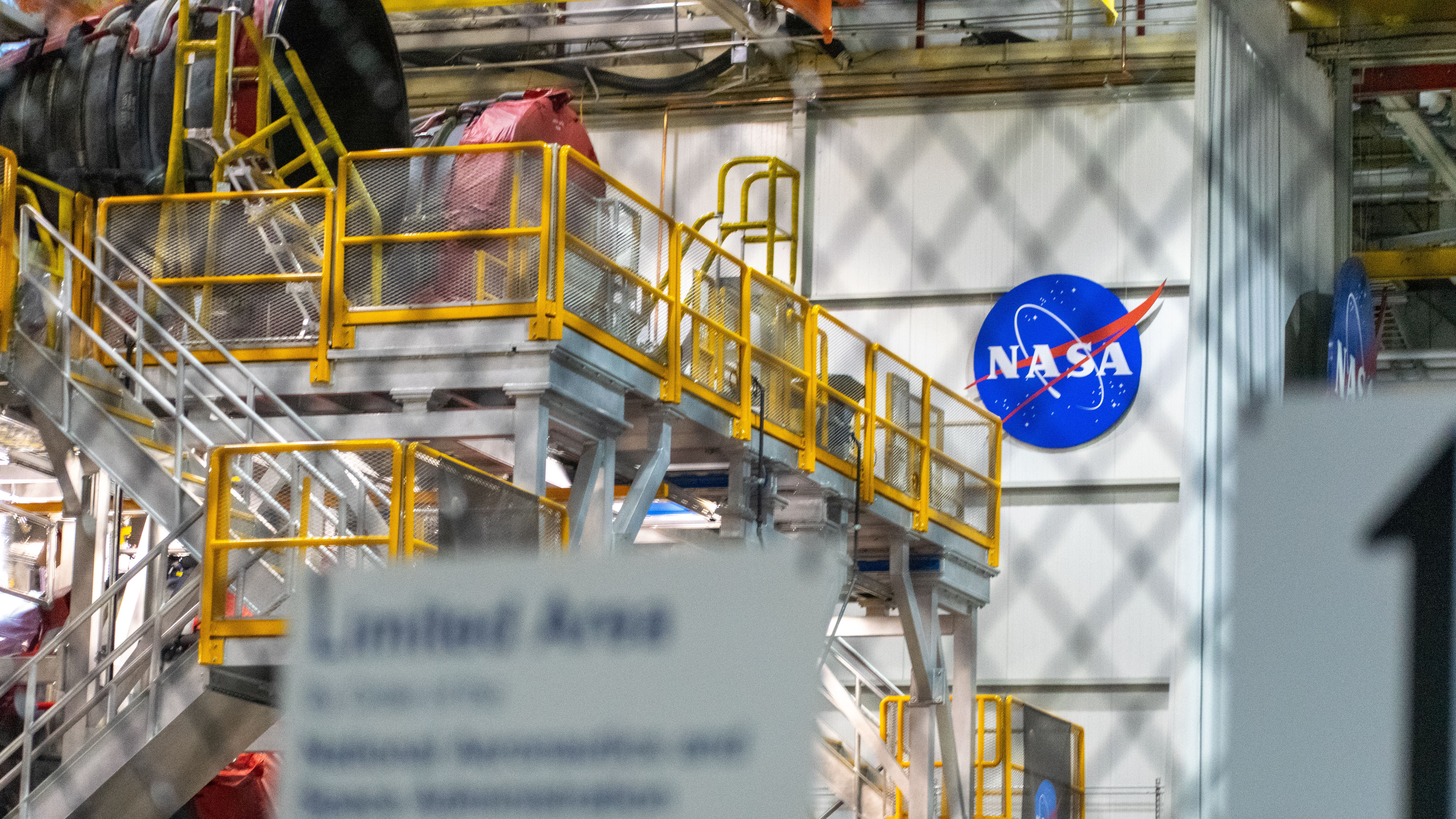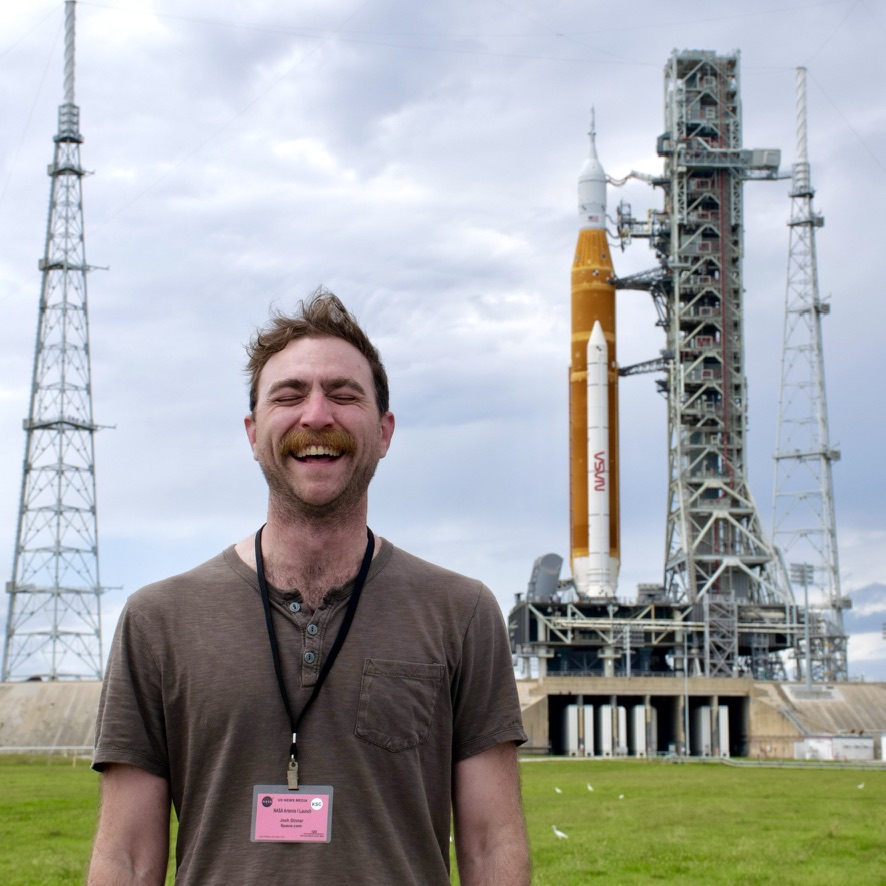NASA closes doors to 15,000 employees as US government shutdown begins
Over 80% of NASA's workforce is being told to stay home.

More than 15,000 NASA civil servants have been furloughed as the U.S. federal government enters a shutdown.
The grinding halt forces NASA and other agencies to scale back nearly all of their day-to-day operations after lawmakers in Washington D.C. failed to pass a government funding bill by the deadline. Only a fraction of NASA's workforce remains on duty, assigned to missions that cannot be paused without risking astronaut safety, critical hardware, or the Trump administration’s highest priorities.
With most science programs and public-facing activities frozen, the shutdown leaves NASA in a holding pattern until Congress approves new funding.
NASA's updated shutdown plan, released Sept. 29, outlines how the agency will operate during the funding lapse, and confirms the scale of furloughs now underway. Out of NASA's 18,218 civil servants, 15,094 have been sent home, while a little more than 3,100 are classified as "excepted" and remain on the job.
By comparison, NASA's August 2023 continuity plan projected 17,007 furloughs and just 1,300 excepted employees. The smaller furlough number this year likely reflects newly expanded exemptions for Artemis, which now cover the entire program, rather than only operations necessary for "safety and protection of life and property."
The added stipulation reflects NASA's push to launch its Artemis 2 mission on time, currently scheduled for no earlier than Feb. 5, 2026. Artemis 2 will fly a crew of four around the moon for the first time since NASA's Apollo missions, and sets the stage for Artemis 3, which aims to land astronauts on the lunar surface.
NASA's efforts to return to the moon are being challenged by a similar push by China — a race which, if lost by the U.S., would lead to geopolitical turmoil back on Earth, according to lawmakers. Any significant delay to Artemis 2 would likely create ripple effects for its follow-on mission, further stressing a strained timeline that experts warn may already be in jeopardy of falling short of its goals.
Breaking space news, the latest updates on rocket launches, skywatching events and more!
The new shutdown guidance confirms predictions made by NASA’s Exploration Systems acting Deputy Administrator Lakiesha Hawkins during a press conference on Sept. 23, who said, "we anticipate being able to request, and being able to continue to move forward on Artemis 2 in the event of a shutdown."
Another addition in NASA's latest shutdown guidance includes a directive that restricts the use of carryover funds (leftovers from last year's appropriation) to "presidential priorities."
Space policy experts say the language is unusual and could reflect a broader effort to prioritize White House initiatives during a funding lapse. Casey Dreier, Chief of Space Policy the Planetary Society, told Space.com in an email on Oct. 1 that while it's too early to know exactly how the guidance will be applied, the wording suggests leftover funds from the previous fiscal year could be redirected away from their original allocations.
"Carryover funds are not lapsed appropriations, so they can fund some number of limited activities," Dreier explained. "This could functionally consolidate those into preferred activities to continue various functions that the White House would like to do to mitigate the pain or disruption of a shutdown."
NASA estimates it will take around half a day to secure facilities and complete the orderly shutdown of non-excepted operations.
As for missions deemed too critical to interrupt, the International Space Station remains staffed, with flight controllers and engineers working around the clock to keep astronauts safe and systems running. Earth-observing and weather satellites considered vital to public safety, also maintain their operation, ensuring that data on weather, natural disasters and space debris remains available.
Most of NASA's research portfolio, from science grants to technology development, has been placed on hold, freezing progress across a wide range of projects. Public engagement efforts such as visitor centers, NASA TV and social media platforms have gone dark, limiting the agency's ability to communicate with the public.
Contractors are in a mixed position. A small number can continue temporarily if their work is already funded, but even programs with those resources may stall without their NASA counterparts present to offer oversight. Furloughed employees are legally prohibited from doing any NASA work, even on a voluntary basis, and have been reduced to a select few who will spend the shutdown's first half-day facilitating an "orderly shutdown" at agency centers across the country.
Federal law guarantees that civil servants will eventually receive back pay, but the timing of those payments depends entirely on how long the shutdown lasts and how quickly Congress acts.

Josh Dinner is the Staff Writer for Spaceflight at Space.com. He is a writer and photographer with a passion for science and space exploration, and has been working the space beat since 2016. Josh has covered the evolution of NASA's commercial spaceflight partnerships and crewed missions from the Space Coast, as well as NASA science missions and more. He also enjoys building 1:144-scale model rockets and human-flown spacecraft. Find some of Josh's launch photography on Instagram and his website, and follow him on X, where he mostly posts in haiku.
You must confirm your public display name before commenting
Please logout and then login again, you will then be prompted to enter your display name.
